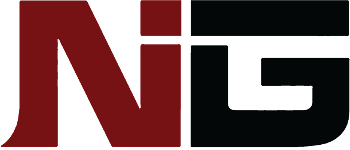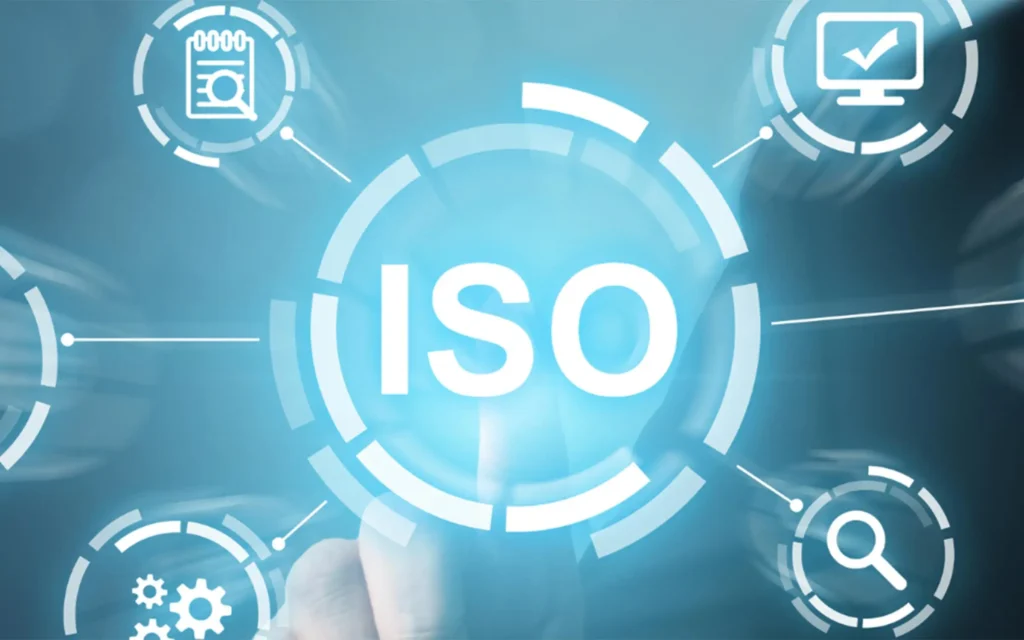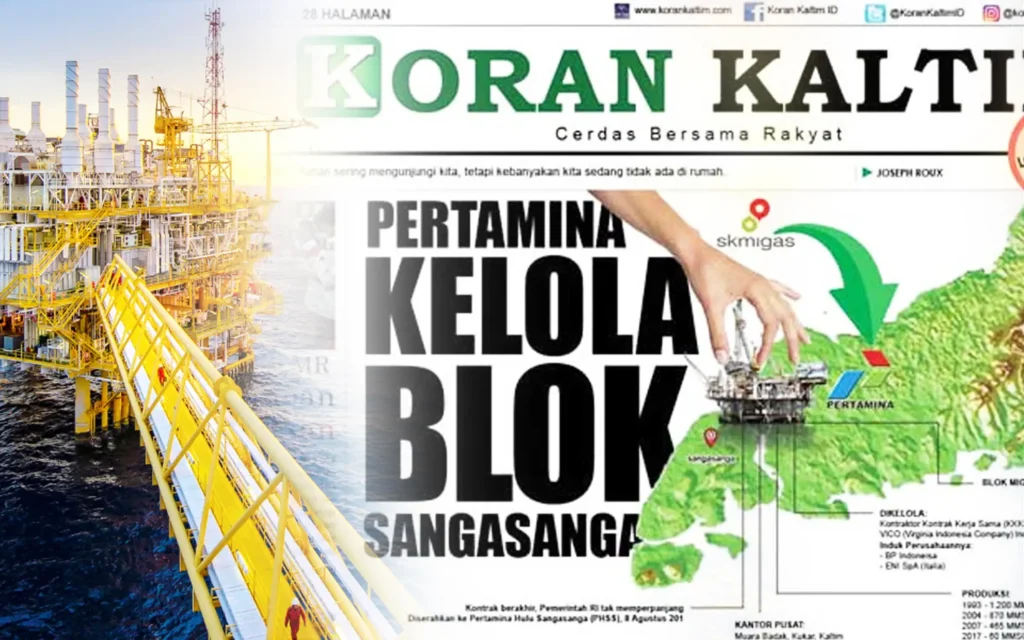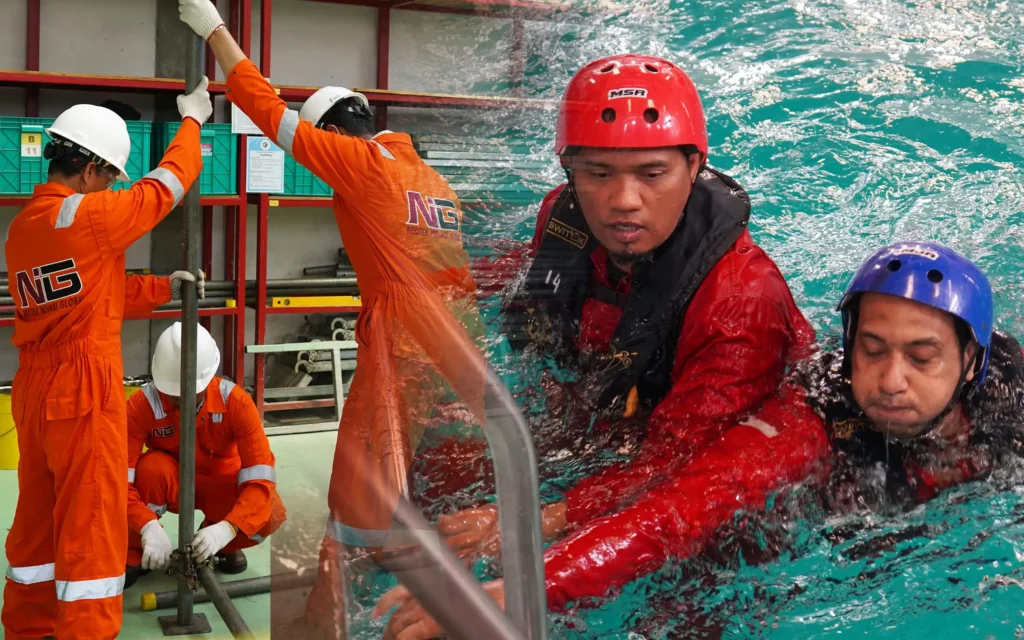ECSHI / HSI – Healthcare Provider CPR & AED
Duration: 4–6 Hours (Initial Training) | 2–3 Hours (Recertification)
Certificate Validity: 2 Years
Delivery Mode: Instructor-led Classroom / Blended Learning
Accreditation: ECSHI / HSI
1. Target Audience
Doctors, nurses, and allied health professionals
Emergency medical and dental personnel
Hospital and clinic first responders
Paramedics, physiotherapists, and clinical educators
Lifeguards and healthcare students requiring CPR/AED competency
2. Certification
Participants who successfully complete all skill evaluations and achieve passing marks on written or practical assessment will receive an official Healthcare Provider CPR & AED Certification valid for 2 years.
Certification meets international CPR/AED standards under HSI, ECSHI, and the International Liaison Committee on Resuscitation (ILCOR) 2020 Guidelines.
Hands-on verification of skills (either in-person or via HSI’s Remote Skills Verification, RSV Program) is mandatory — purely online training is not accepted for certification
3. Course Overview
The program provides comprehensive instruction in high-quality adult, child, and infant CPR, and correct AED procedures for healthcare environments.
It emphasizes rapid recognition of cardiopulmonary arrest, early activation of emergency systems, and coordinated use of AEDs and resuscitation techniques.
This course highlights team dynamics, airway management, rescue breathing, and post-resuscitation care responsibilities specific to healthcare and clinical teams.
4. Learning Objectives
Upon course completion, participants will be able to:
Identify cardiac arrest and initiate immediate CPR following current guidelines.
Perform 1- and 2-rescuer CPR for adult, child, and infant victims.
Operate an AED safely, recognizing indications and precautions.
Manage airway obstruction (choking) in conscious and unconscious patients.
Deliver effective ventilations using barrier devices and bag-valve-mask (BVM).
Integrate team-based resuscitation and communication protocols.
Follow infection control measures and local emergency procedures.
5. Course Outline (4–6 Hours)
Module 1 – Introduction to CPR and Chain of Survival
Physiology of cardiac arrest and sudden death
Overview of ILCOR Chain of Survival
Importance of early CPR and defibrillation
Module 2 – CPR Fundamentals
1-rescuer and 2-rescuer CPR (adult, child, infant)
Compression rate, depth, and recoil
Compression-to-ventilation ratios per age group
Module 3 – Airway and Breathing Management
Airway opening techniques: head-tilt/chin-lift, jaw thrust
Barrier devices and ventilation masks
Bag-valve-mask operation and oxygen adjunct use
Module 4 – Automated External Defibrillator (AED)
Safe use and sequence of AED operation
Troubleshooting and maintenance checks
Integrating AED into CPR sequences
Module 5 – Obstructed Airway (Choking) Management
Adult, child, and infant choking situations
Responsive and unresponsive patient protocols
Special situations: pregnancy, confined space
Module 6 – Team Dynamics and Post-Resuscitation Care
Roles of rescuers in multi-provider settings
Communication and leadership in resuscitation
Post-event reporting and debriefing
Assessment
Practical skills evaluation
Optional short written test (as per ECSHI/HSI regulations).
6. Course Delivery
Method:
Instructor-led classroom lectures and practical stations
Demonstration and hands-on skills with mannequins and AED trainers
Simulation scenarios for team-based resuscitation
Remote Skills Verification (RSV) option available for blended learning.
Ratio:
Recommended 6:1 student-to-manikin ratio
Up to 12:1 participant-to-instructor ratio
7. Prerequisites
Basic understanding of workplace emergency procedures
Healthcare or medically related background preferred
Physically capable of performing chest compressions
8. Certification Requirements
Completion of all required modules
Demonstration of CPR and AED proficiency
Minimum passing score on assessments (if applicable)
Certificate issued by HSI or ECSHI, valid for 2 years.
